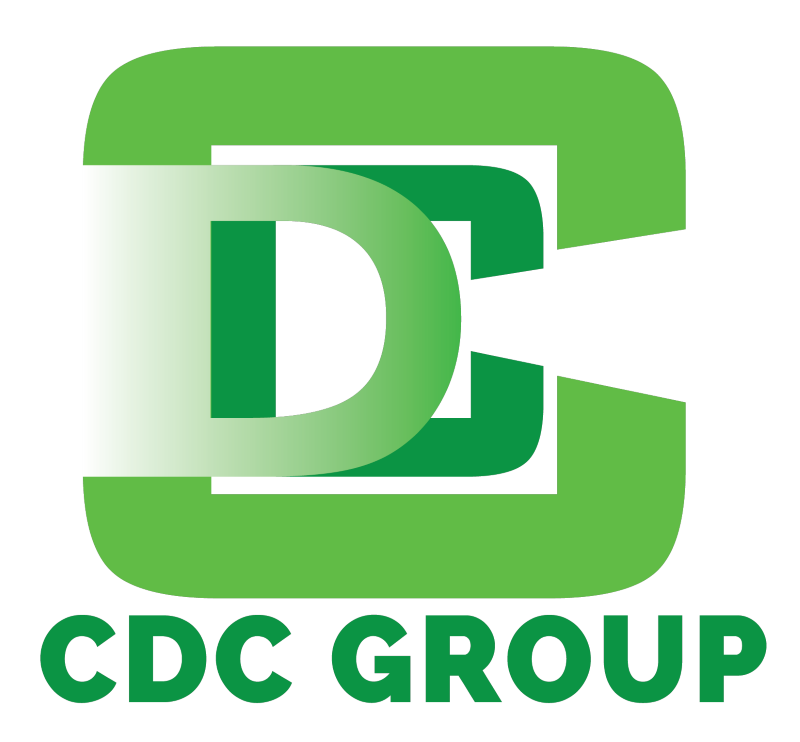Introduction
Sales and Marketing is undoubtedly the engine of business growth. While sales focuses on closing a deal, marketing involves all activities related to attracting and retaining customers. Generally, new customer acquisition is always more expensive than maintaining existing customers. As a result, every salesperson needs to understand how to delight customers to retain them to maximise returns on customers.
This article discusses how salespersons can deploy service marketing strategies to obtain customer loyalty, thus achieving repeat business and improved sales outcomes. The article presents part one of a three-part series to facilitate gradual knowledge accumulation for better understanding and application. Part one focuses on understanding the customer’s journey as a foundation for developing service skills.
Part 1 – Understanding the Customer’s Journey
To be able to deliver service to the delight of customers, it is important for a salesperson to understand the customer’s journey. A customer’s journey describes the stages involved in acquiring and retaining a customer. Customer journey map is originally accredited to Chip Bell and Ron Zemke who invented the concept in 1985. Since then, customer journey map has seen various modifications and variations. The customer journey map we are considering today is made up of five (5) stages, starting from awareness through consideration, purchase, service and ending at loyalty. Sales focuses on meeting sales targets or objectives. As a result, most salespeople truncate their “walk” with the customer at the PURCHASE stage. While this approach may close the deal, it may not provide repeat business.
Stage 1: Awareness
This is the stage at which a potential customer first encounters the product or service offering. At this stage, a business attempts to be visible to the customer by spreading general information about its products or services. This may be through personal interaction between the salesperson and the potential customer; through general advertisement or even better, through word-of-mouth/recommendations by existing satisfied customers. The channel of communicating the product must be clear on the product, providing concise, yet complete information on all levels of the product (core, actual and augmented). Where this is a personal interaction between the salesperson and the potential customer, the salesperson must be clear on the value the product offers the customer at all levels.
Stage 2: Consideration
This is the stage that immediately follows awareness. At this stage, the potential customer has some information on the benefits of the product and has determined that it might probably meet his/her needs. The potential customer is reviewing available options and what they offer – benefit, quality, price, etc. in comparison with what is presented to him/her. At the consideration stage, the salesperson will have to apply follow-up strategies and, on each follow-up, emphasize the superior value the product offers the potential customer in comparison to alternative options.
Stage 3: Purchase
This is the stage every salesperson looks forward to. This is where a potential customer is converted to become an actual customer. It is important for a salesperson to understand the basis of decision (benefit, quality, price, brand, convenience etc.). Because each potential customer would have a unique basis for their purchase, it is important that a salesperson understands this basis as it forms the underlying value the customer attaches to the product, and subsequent sales to such customer will most likely be dependent on how that value is maintained.
Stage 4: Service
Most salespeople consider their job to end at the purchase stage. While this may be true for achieving sales targets for the given period, it may not be true for meeting sales targets in subsequent periods. Every salesperson understands that repeat business is an indicator of quality sales outcome. Unfortunately, repeat business does not occur on its own. Repeat business is a result of good after-sale service. Service could be a simple follow-up to assess the customer’s satisfaction with the product. It may also include leaving feedback channels and corrective measures for customers who may have negative experience with the product/service. This is why some products have performance guarantees and return policies. This also explains why some businesses have customer service as core component of sales and marketing activities. The service stage communicates to the customer that you believe in the value (not the product) you have sold to them. It builds trust and encourages them to stay with your product/service offering.
Stage 5: Loyalty
This is the crowning stage to stages 1 to 4. This stage can only be achieved if the first 4 stages, particularly the service stage, are effectively delivered. At this stage, the customer is delighted, finds value in the product/service, strongly believes in the product/service and provides word-of-mouth advertisement by recommending the product/service to other potential customers. Word-of-mouth advertising is widely acclaimed to be one of the most effective marketing communication channels. It comes as testimonial from someone who has paid for and used the product/service. It confirms that the promised value is true, given that the testimony is coming from a previous user who has no vested interest. This can eliminate the consideration stage for the next potential customer and will lead to a quicker conversion (purchase). Additionally, customers at the loyalty stage tend to stay with the product/service for an exceptionally long time (sometimes permanently) and may no longer go through the consideration stage in subsequent purchases.
Conclusion
Most salespeople are familiar with the first three (3) stages of the customer journey. Indeed, in some organizations, the sales function is separated from marketing function for purposes of segregated duties for more “effective” outcomes. This gives salespeople the impression that service and other marketing related activities are not part of their responsibilities or functions. This is however not the case because the primary responsibility for customer acquisition and customer retention rests with the salesperson. Stage 4 (Service stage) is the most crucial stage in ensuring customer retention, repeat business and easy subsequent customer acquisition. It is therefore important that every salesperson understands service and how to deliver it. In our subsequent sections, we shall delve into service quality in part two and service recovery in part three; how to deliver it and how to delight a customer to win his/her loyalty.
Are you a business that seeks to improve the efficiency of its sales and customer facing personnel? CDC Consult provides tailor-made coaching and training solutions in various disciplines including sales. Notwithstanding your sector of operations, our consultants are poised with the requisite knowledge and skills to build the capacity of your staff and improve on ensuring success from the beginning to the end of the customer journey. For further inquiries, contact us via our website www.cdcconsult.org; email info@cdcconsult.org; or phone +233 302 912 645/233 (0) 544 332 030.
By Francis Mensah Arthur
Business Consultant – CDC Consult Limited

